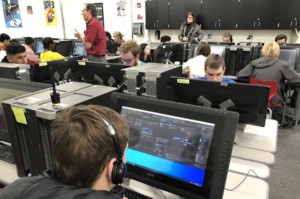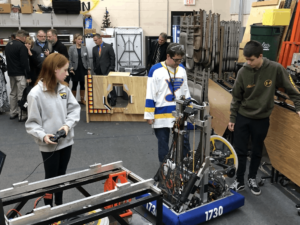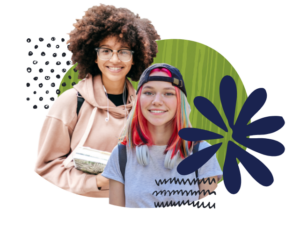Bonk: The World is Open
The World is Open is the massive Curtis Bonk contribution, published by Jossey-Bass last year. Robert Steele wrote a helpful review on amazon. Bonk reviews ten key trends:
01 Web-Searching. Faster is not better, still missing a great deal of structure and substance on the Internet. Open everything is here to stay–open content, open office, open library, open document. See my briefing on “Open Everything” at oss.net/GNOME.
02 Blended Learning. We must stop holding students back! Online pushes reading and writing skills as well as presentation skills and technology skills. We must rapidly accelerate means of recognizing learning accomplished online (e.g. challenge tests). Learning must be offered “on demand” and across every device imaginable (the MP3 player shines in this book). However, blended means just that–online is not a substitute for face to face and team interaction.
03 Free/Open Source Software (F/OSS). I am the primary proponent for Open Source Intelligence (OSINT) and now public intelligence, and as an honorary hacker have long understood and admired the F/OSS movement started by Richard Stallman. Along with OSINT and F/OSS, Open Spectrum completes the Tri-Fecta. It is essential, if we are to rapidly achieve all we are capable of, that we leverage F/OSS across all university functionalities. This is also how we enable the eight tribes of intelligence (academia, civil society, commercial, government, law enforcement, media, military, and non-governmental) to do multinational, multiagency, multidisciplinary, multidomain information-sharing and sense-making (M4IS2, a Swedish military concept I have adopted).
04 OpenCourseWare. MIT, which is also the birthplace of modern hacking as recounted in The Second Self: Computers and the Human Spirit, Twentieth Anniversary Edition, gets full credit all it has done in this area, and the author provides a very rich discussion of many other similar initiatives including the Peer to Peer University (P2PU).
05 Learning Portals. These are in their infancy. The author cites a number of important ones, and the availability of platforms to create more learning portals, but he does not address the abject fragmentation of knowledge and the urgency of creating an overall architecture so that we can restore the links between disciplines and domains and do “Whole Learning.”
06 Learners as Teachers. Here again the author is phenomenal at reviewing some of the most important initiatives in this area, and my notes are irrelevant in the face of his superb listing of electronic links, chapter by chapter, at his WorldIsOpen.com. He does observe that quality control and sufficiency of funding are issues, and I certainly agree, with the observation that there is plenty of money for education, we just have to eliminate corruption in government….
07 Electronic Collaboration. This is a section I want to come back to, after I have checked out 1kg, TwinBooks, ePals, iLearn, and others. We still do not have the basics that Alta Vista offered before Hewlett Packard lost its mind and let them all go–the eight functions of shared directories, access and competency directories, budgets, maps, libraries, calendars, and forums are still scattered with no back office that cuts across disciplines.
08 Alternative Reality including Serious Games. Quote on page 277: “We have entered an age of alternative reality learning.” I am a huge fan of the original World Game created by Buckminster Fuller and his #2, Medard Gabel, who is today the leader of BigPictureSmallWorld and also the architect of the digital EarthGame(TM). He is also a co-founder of Earth Intelligence Network (EIN) and one of the few who understands how to teach Whole Systems learning.
09 Mobile Real-Time Learning. EIN is the originator of the idea of regional and national multi-lingual call centers, as well as global networks of volunteer and subsidized tutors in all languages on all topics, with free cell phones to the five billion poor as the “kick-off” event, but I confess that the author makes me feel old and behind the times. The review he provides of all of the spontaneous initiatives just blows my mind. I am behind the power curve on this aspect of digital learning, and have much to study.
10 Networks of Personalized Learning. Networked equals open. Facebook saw 7,000 applications developed for it in just one year. Static works “explode” when they are connected to the digital work (QR links merit a great deal more attention by publishers).








0 Comments
Leave a Comment
Your email address will not be published. All fields are required.